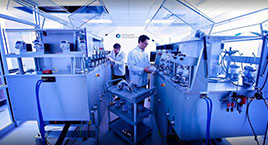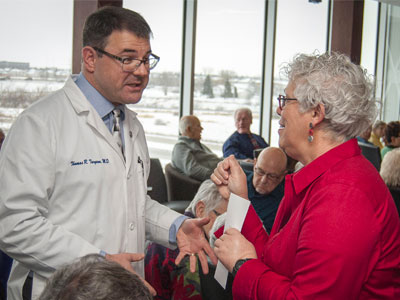There are a variety of non-surgical treatment options that should be considered before proceeding with a joint replacement.
Weight Loss
For both the hip and the knee, the forces acting across the joint are a combination of body weight pressing down on the joint and the muscles pulling up to stabilize the joint. As these values combine, the hip and knee experience 3-4 times the body weight in pressure with each step. Loosing excess weight reduces the pressure on damaged joints and can relieve pain.
Physical Therapy
By stretching, strengthening and re-balancing the muscle- forces across the joint, the movement and control of the joint can be improve. Pain can also be improved with therapy in addition to the mobility of the joint.
Acetaminophen
Acetaminophen (Tylenol) containing products can be very useful analgesics in arthritis. Given its low cost and good side effect profile, it is a good first-line drug for treating arthritis. It should be avoided in some patients with a history of liver disease and care should be taken not to exceed the total daily dose of 4gm per day. This is especially true when a patient takes multiple different medications that contain acetaminophen.
NSAIDs
Non-Steroidal Anti-Inflammatory Drugs (NSAIDs) are medications that block the COX receptors on cells and reduce inflammation which can play a significant role in both osteoarthritis as well as other inflammatory arthridities such and rheumatoid arthritis and lupus. Different versions of this type of drug have different side-effect profiles, but, in general, NSAIDS, when taken for extended periods, can play a role in stomach irritation, ulcers, and bleeding and kidney problems with elevated blood pressure. While these can be very helpful medications, their prolonged use should be done under the guidance of a physician.
Steroid Injections
Steroid injection (often referred to as a “cortisone shot”) is generally performed with a depot version of a corticosteroid that remains within the joint. Once in the joint, the steroid blunts the inflammation within the joint and can reduce the pain of the arthritis. This effect can last from a few days to 6 months. There is a small risk of infection with an injection which can be very debilitating and destructive if it were to happen. The risk of infection is less than 1%. There is no agreed upon number as to how many times an injection can be repeated if the most recent injection had benefit for multiple months. Most agree that multiple injections can be offered, the whether a limit should exist or how high the limit may be is unknown.
Unloader Bracing
As arthritis progresses in the knee and joint space is lost, the leg becomes more bow-legged or knock-kneed. As this collapse occurs, increased load is applied to the already diseased and damaged section of the joint. By applying and unloader brace, the leg can be straightened and the load shifted back onto the more healthy area of cartilage remaining. This can reduce pain and suffering during activities such as walking, shopping and yard-work.
Viscosupplement Injection
Viscosupplement injections inject a purified, viscous fluid into the joint. The injection frequently includes components of normal healthy joint fluid known to be reduced in arthritis. While the exact mechanism of benefit is not known, many patients, especially with early arthritis, can benefit from these injections for a variable period of time.
Walking Aid
Many patients find the use of a cane, walking stick or walker to reduce their pain. By transferring weight to the walking aid, the effected joint can be off-loaded reducing the pain experienced and improving the distance that a patient can walk.













